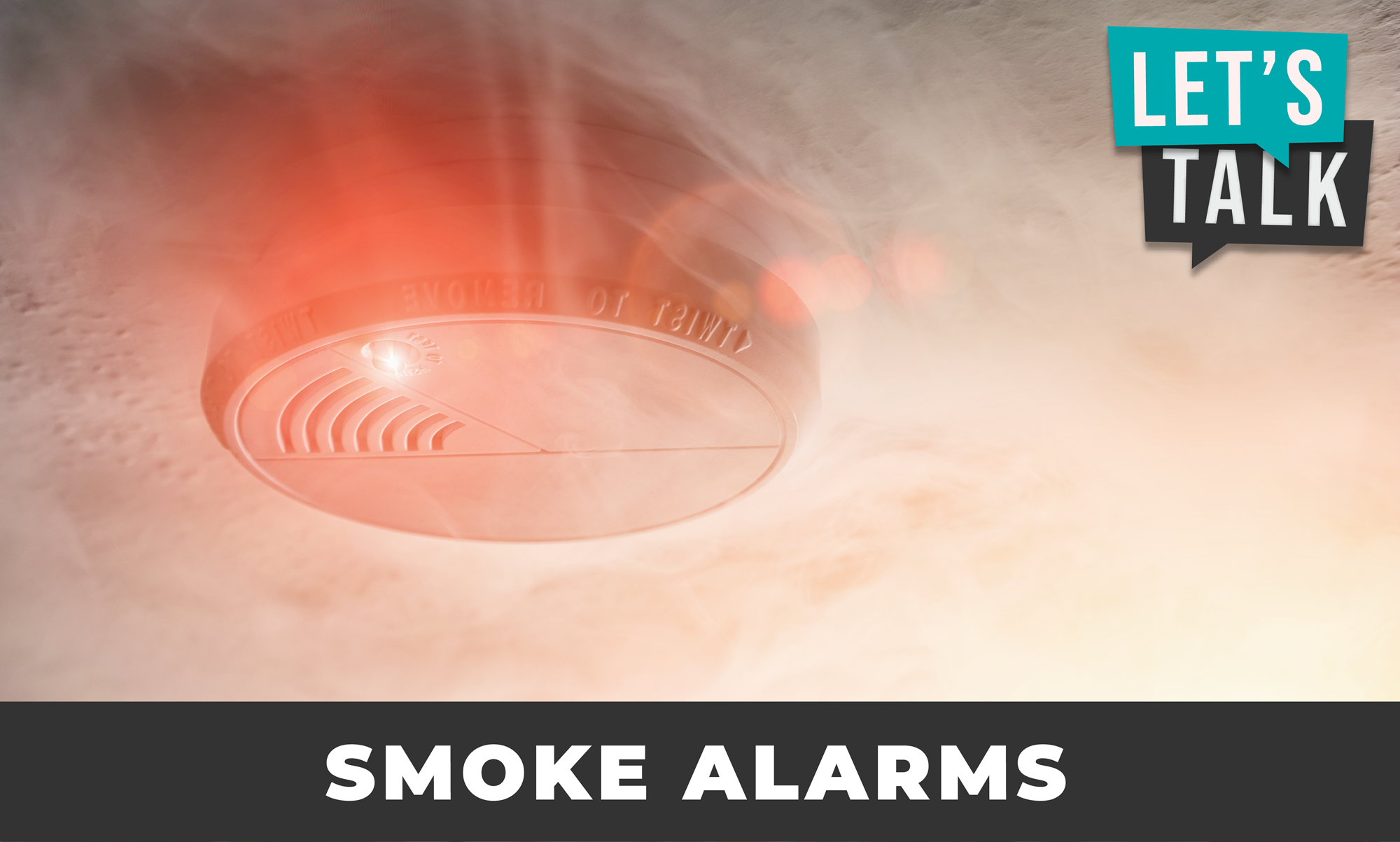
Smoke alarms save lives. Reports have found that the risk of death in a house fire is reduced by more than half if properly maintained smoke alarms are installed.
In a rental property, both the Lessor and the Tenant have obligations in place when it comes to Smoke Alarms. These obligations are set out in your Tenancy Agreement.
BATTERIES
Tenants are responsible for the replacement of batteries that are spent, or are almost spent.
REMOVAL OF UNITS
Tenants must not remove the smoke alarms, unless required to do so to replace the battery. In the event that a unit is required to be removed, it must be reinstalled as soon as possible. Any damage caused to the unit or surrounding area due to misuse will be the responsibility of the tenant to repair.
TROUBLESHOOTING
Under the new legislation, Lessors are required to ensure that interconnected smoke alarms are installed in the property. When a unit faults, all alarms will alarm; however, to identify which unit is the cause of the fault, you will be required to do some troubleshooting.
CHIRPING ALARM
BEEPING ALARM
HOW TO IDENTIFY
There are two main reasons for a chirping or beeping smoke alarm.
1. Low battery
- If the alarm starts beeping once every 40s, the backup battery needs replacing.
- If you wish to replace the battery later, press the test/hush button to snooze for 10hrs.
2. False alarm
- If the smoke alarms go into alarm with no smoke present, firstly identify the unit which has triggered.
- While alarming, look for the smoke alarm with the flashing RED LED.
- If the alarms have stopped sounding before you could identify the alarm that triggered, look for the alarm which has the RED LED flashing once every 2 seconds. (it will do this for up to 72hrs)
- Vacuum this unit to clean dust or cobwebs. If later it still false alarms, call an electrician to check the alarm.
OTHER FACTORS
Photoelectric detectors are sensitive to steam and dust so place them away from locations where this might occur, such as near bathrooms. Any moisture absorbed by the alarm may be interpreted by the circuitry as a fault, resulting in a ‘chirp’ or sounding of the alarm.
Mis-interpreted faults can also occur in areas of strong airflow such as from the roof space. Rapid temperature changes can also build up moisture, again affecting alarm circuitry. If this occurs, the smoke alarm may need to be relocated.
Please ensure that you complete the appropriate troubleshooting and identification of the faulting unit prior to lodging a maintenance request. Should the fault be found to be due to tenant misuse, cleaning or a spent battery, the costs incurred for the contractors attendance may be forwarded to you.










